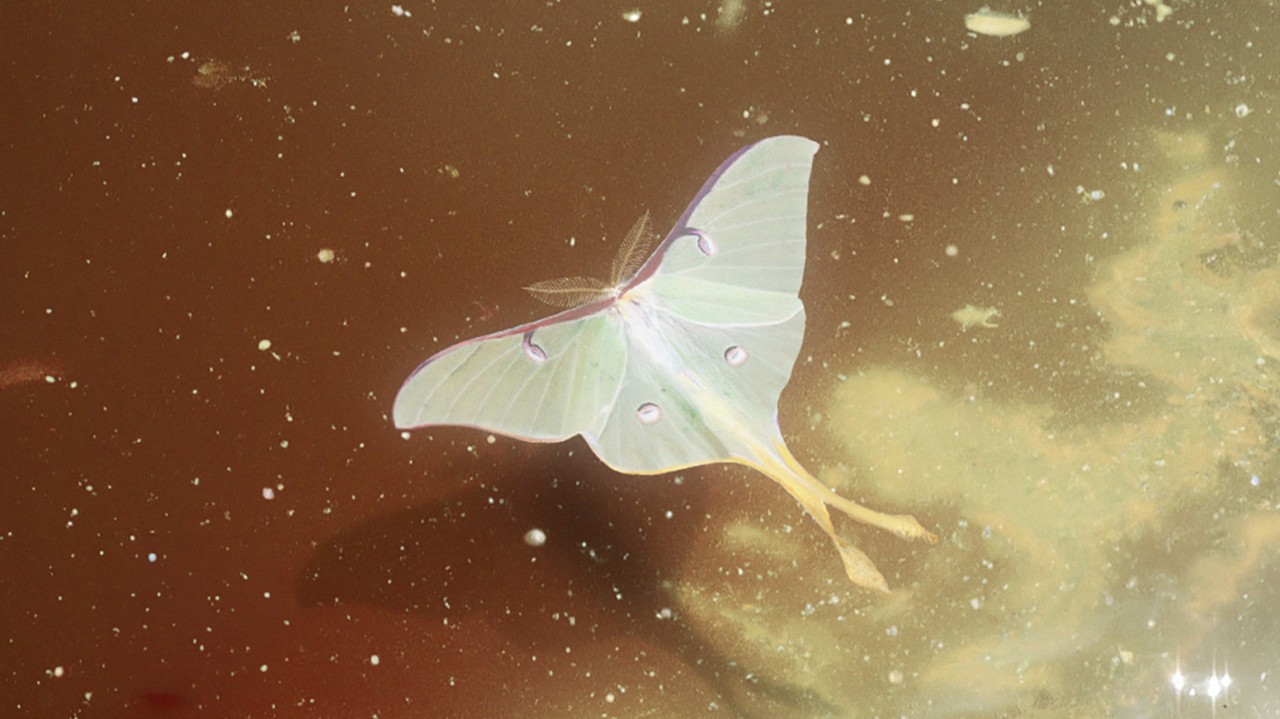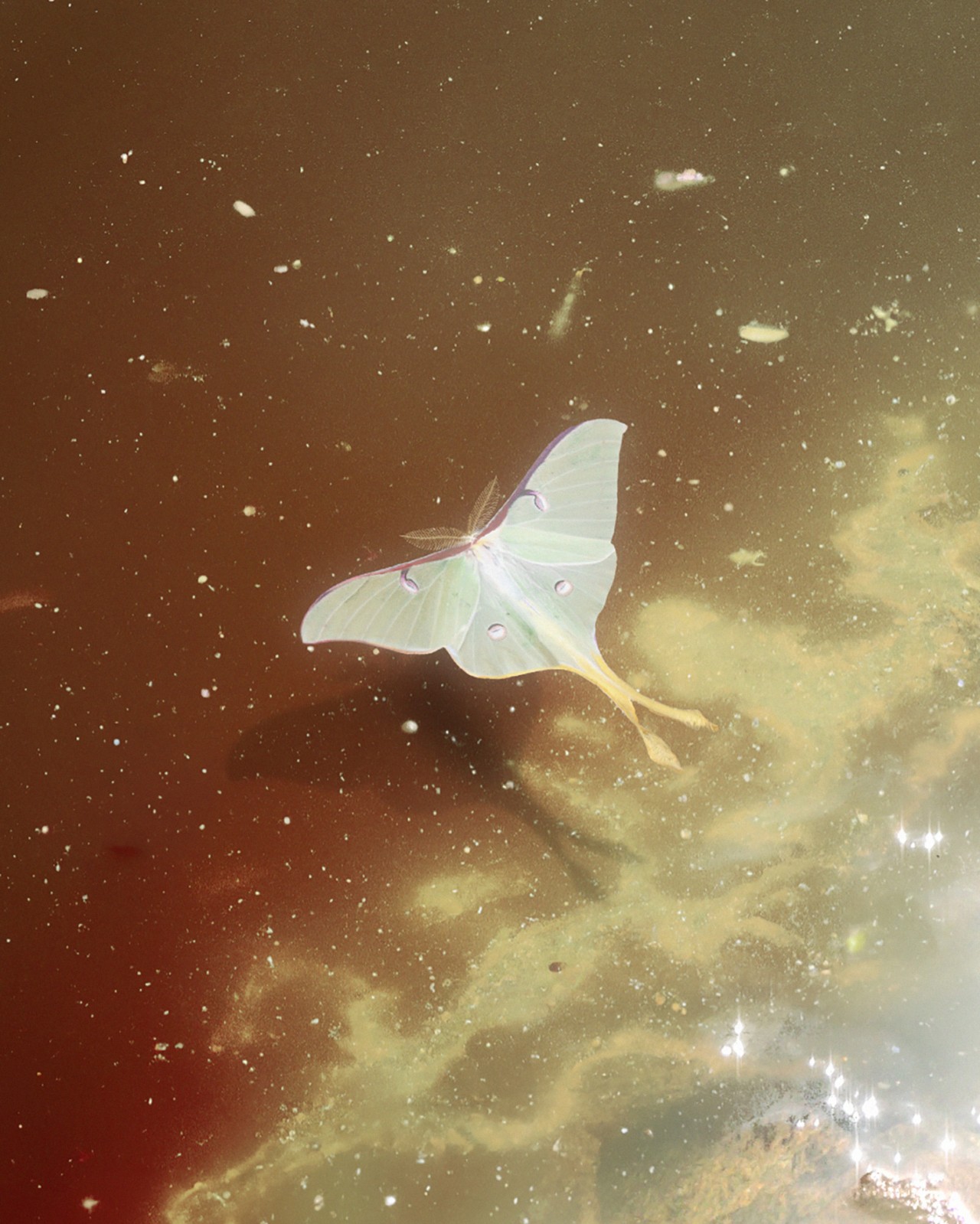

Photograph by Nathaniel / Female Pentimento
words by willow defebaugh
“We need another and a wiser and perhaps a more mystical concept of animals. Remote from universal nature, and living by complicated artifice, man in civilization surveys the creature through the glass of his knowledge and sees thereby a feather magnified and the whole image distorted.”
—Henry Beston
Last year, I was writing an essay for a mainstream publication about reconnection with nature. While reviewing my draft, my editor left a note saying that my use of the phrase “nonhuman animals” was redundant; it should just say “animals.” I replied clarifying that humans are animals, and therefore the designation was important. The language we use when speaking about the natural world is foundational to how we view and, in turn, treat it. Words can mend wounds or widen them—including the laceration that separates us and our animal kin.
If you are reading this, chances are you already see our fellow animals as kin—but many of us live in cultures that deem them as inferior. We exist solidly above other species in an untouchable hierarchy, one that has been reinforced through systems including Western religion, agriculture, and science. In regards to the latter, this has played out in the debate over nonhuman sentience. Scientists have long been asking: Are other animals conscious? For years, consciousness has only been recognized in certain species (such as primates), but that pool is expanding.
Traditionally, Western science has discouraged anthropomorphism: seeing ourselves in other species, as projecting our experiences onto them could lead to bias and the misunderstanding of behavior. But new research is changing minds. A study in Royal Society Publishing last year found that animal behavior researchers are now attributing consciousness and emotions to a wide range of nonhuman species, a massive shift from even a decade ago. It also found that most now believe that denying these qualities poses a bigger threat than anthropomorphization.
In April of last year, a group of scientists and philosophers came together to collaborate on a statement declaring scientific evidence for consciousness being widespread among other animals. Part of it states: “The empirical evidence indicates at least a realistic possibility of conscious experience in all vertebrates (including reptiles, amphibians and fishes) and many invertebrates (including, at minimum, cephalopod mollusks, decapod crustaceans, and insects).”
Although they make up 40% of living species, we rarely give insects a second thought. A trillion are estimated to be farmed every year, with quadrillions wiped out by pesticides. But even animals as small as these may demonstrate sentience, it turns out. Studies in recent years have suggested that some insects feel pain and joy, have rich and complex inner lives, and display intelligence. Why is it so hard to see ourselves reflected in their kaleidoscopic eyes?
Seeing other beings as inferior or lacking feeling creates a pathway for blocking off empathy and allowing harm. Disregarding the sentience of our fellow species has allowed for animal husbandry and domination through the horrors of modern industrial agriculture—which has played a huge role in climate change. Agriculture is responsible for 30% of greenhouse gas emissions globally; meat and dairy alone is half of that. As our fellow animals suffer, we suffer.
I have no interest in a worldview that elevates our species through gatekeeping consciousness. Hierarchy is isolating; to be above is to be lonely. Writing about nature, studying the complex and extraordinary behaviors of our fellow species, reminds me of the beauty of kinship. I want to embody the fortitude of elephants, the adaptability of chameleons, and the collaborative potential of bees. I’m an animal; I want to be. Human or not, to be an animal is to belong here on Earth.
Exploring Consciousness in the Animal Kingdom